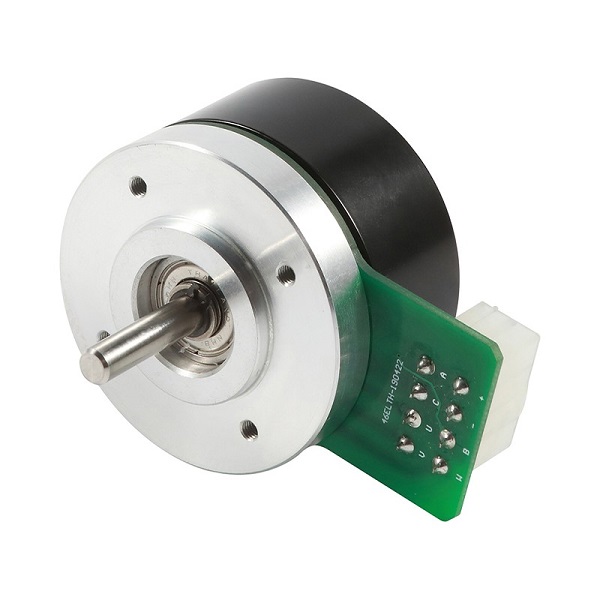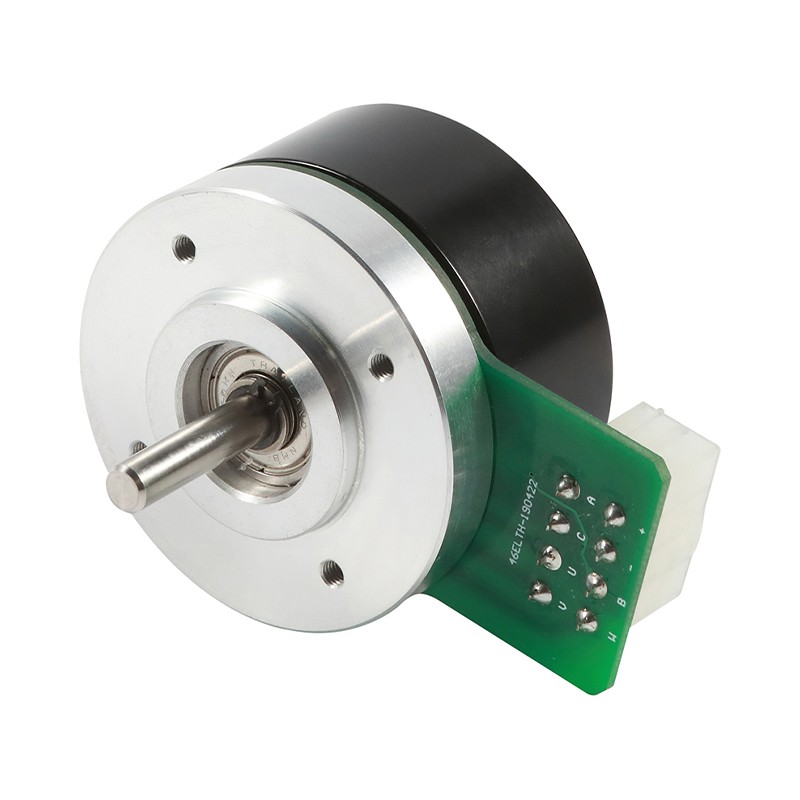What Is a Low-Speed BLDC Motor and How Does It Work?
 Dec 03, 2024|
Dec 03, 2024| View:210
View:210
With the continuous advancement of technology, the application of motors in various fields is becoming increasingly widespread. From industrial production to household appliances, the performance and efficiency of motors directly affect the operational effectiveness of the equipment. Among various types of motors, low speed BLDC motors are gradually emerging as the ideal choice for many application scenarios. So, what is a low speed BLDC motor? How does it work?
1. Definition of low speed BLDC motor
A low speed BLDC motor is an electric motor with a brushless design, particularly suitable for low-speed applications. It plays an important role in situations where stable speed and high efficiency are required. Compared with traditional brushed motors, low speed BLDC motors do not have brushes and commutators, which makes them more reliable during operation, reduces friction and wear, and thus extends the service life of the motor.

2. Working principle of low speed BLDC motor
The low speed BLDC motor rotates through electronic commutation instead of mechanical brushes. It mainly consists of a stator, rotor, and electronic controller. There are multiple windings on the stator that generate a rotating magnetic field through alternating electrification. The rotor is composed of permanent magnets and rotates under the action of a rotating magnetic field.
The electronic controller precisely controls the energizing sequence of the stator winding based on the position information of the rotor, so that the rotating magnetic field always maintains a certain angle with the rotor magnetic field, thereby generating continuous torque. This electronic commutation method not only improves the efficiency of the motor, but also extends its lifespan and reduces maintenance costs.
Compared with traditional DC motors, low speed BLDC motors have the following advantages:
Higher efficiency: Due to the absence of friction losses from brushes and commutators, low speed BLDC motors have higher efficiency and can convert more electrical energy into mechanical energy.
Longer lifespan: Without the wear of electric brushes, the lifespan of the motor is greatly extended.
Less noise: The electronic commutation method makes the motor run more smoothly and with lower noise.
3. Comparison with traditional DC motors
A brushed DC motor is a traditional type of motor that uses electric brushes and commutators to achieve current commutation. However, this mechanical commutation method has some drawbacks. Firstly, the friction between the electric brush and the commutator can cause energy loss, reducing the efficiency of the motor. Secondly, the wear of the electric brush will limit the lifespan of the motor and requires regular replacement of the brush. In addition, brushed DC motors generate significant noise during operation.
In contrast, low speed BLDC motors have higher efficiency, longer lifespan, and less noise. Its electronic commutation method makes the performance of the motor more stable and reliable, suitable for occasions with high requirements for motor performance.
4. Summary
In summary, a low speed BLDC motor is an electric motor with a brushless design, suitable for low-speed applications. It rotates through electronic commutation, which has advantages such as higher efficiency, longer lifespan, and less noise. Compared with traditional brushed DC motors, low speed BLDC motors have significant advantages in performance and reliability.
If you need high-quality low speed BLDC motors, Baolong is your most reliable choice. Baolong focuses on motor research and production, with advanced technology and rich experience, able to provide customers with high-quality low speed BLDC motors to meet the needs of different application scenarios.

































